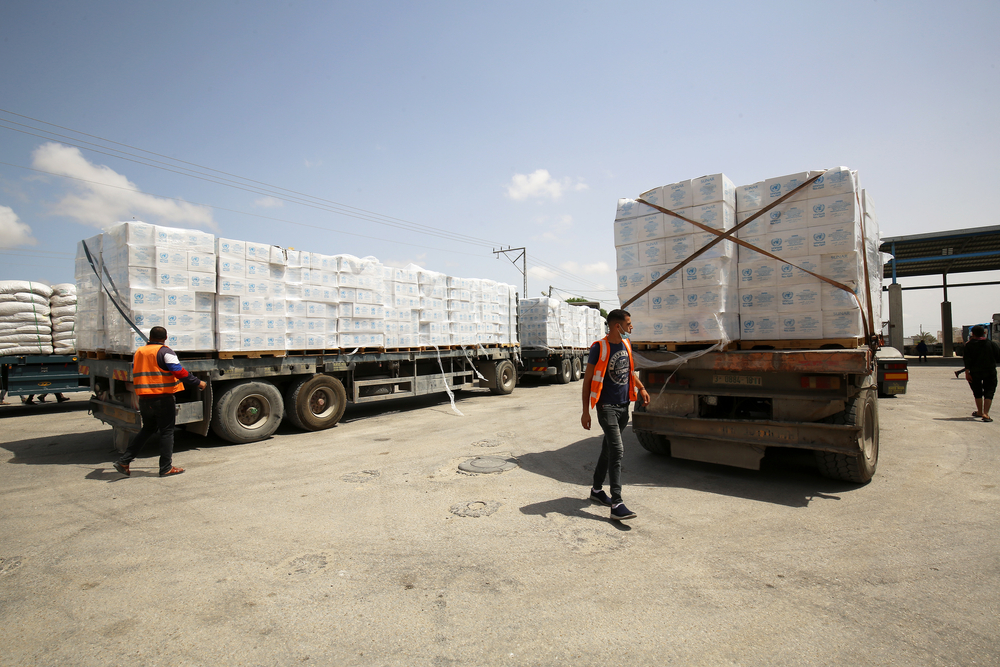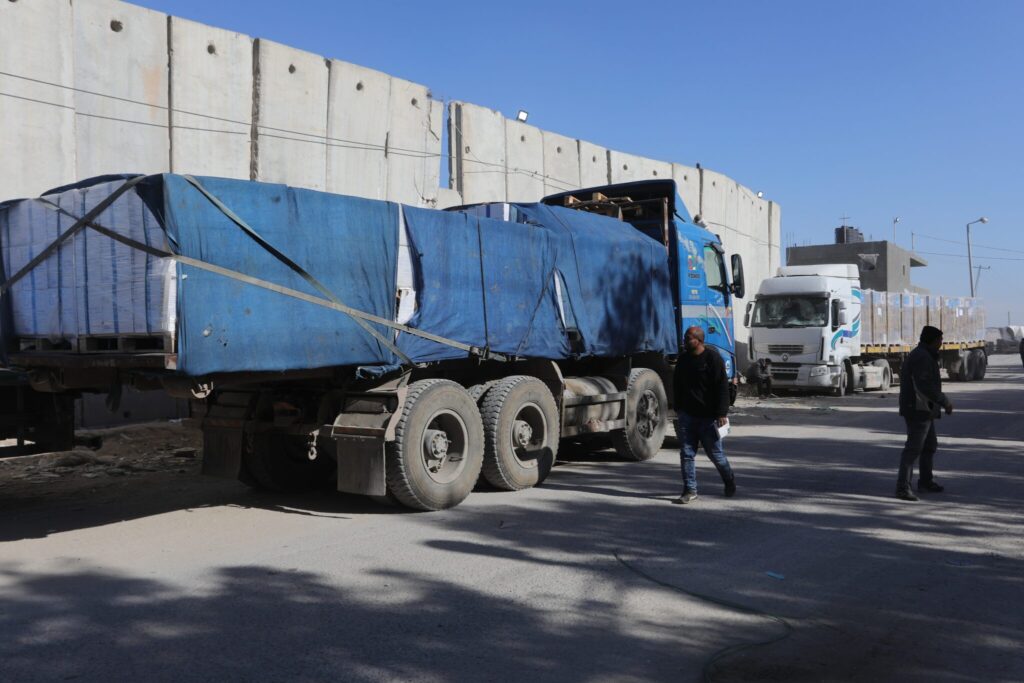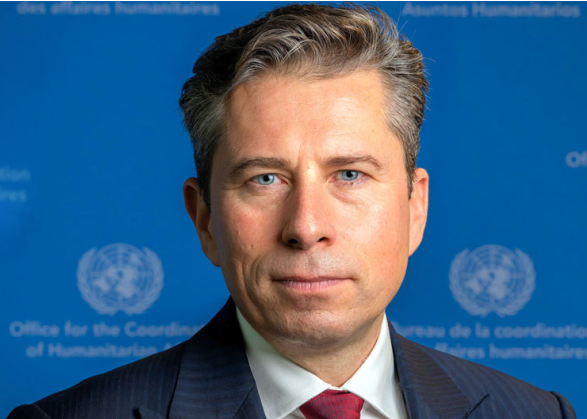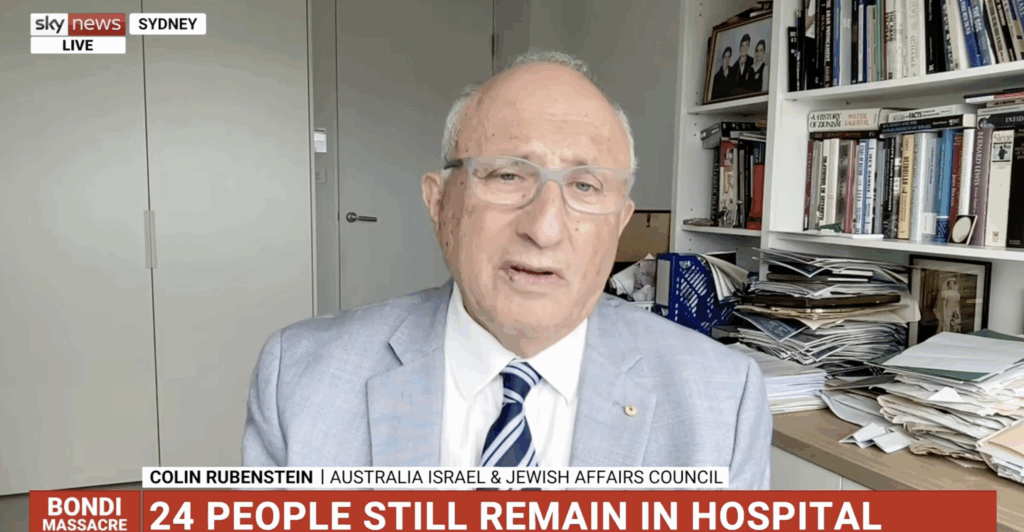FACT SHEETS
Fast Facts: Aid back into Gaza – what we know
May 21, 2025 | AIJAC staff

‘Fast Facts’ are snapshots of rapidly evolving situations. This specific page will not be updated, but we are monitoring developments and will issue a new fact sheet if doing so is useful.
Key points
- Israel has resumed facilitating aid deliveries into Gaza
- Israel will soon roll out a plan to deliver aid directly to civilians
- UN officials have lied about conditions in Gaza in order to generate outrage against Israel
Contents
Summary
In March, Israel stopped allowing aid going into Gaza, because of the amount of aid in Gazan warehouses, and because Hamas was stealing much of the aid being transferred. Israel has been developing an aid mechanism that will avoid Hamas stealing the aid. Israel has allowed aid to resume going into Gaza ahead of rolling out this new mechanism in the coming weeks. UN officials have exaggerated the need for aid in Gaza in order to generate outrage against Israel.
Israel has resumed a limited supply of humanitarian aid into Gaza. On May 19, five trucks entered the Strip. This was followed by 93 trucks on May 20.
Israel announced that it intends to allow ‘dozens’ of trucks to enter Gaza ‘in the coming days.’
The contents of the aid trucks sent so far included flour, baby food, medical equipment and drugs.
The aid resumption follows an announcement by Israeli Prime Binyamin Netanyahu on Sunday, May 18, stating, “At the recommendation of the IDF, and due to the operational need to enable the expansion of the intensified fighting to defeat Hamas, Israel will bring in a basic quantity of food for the population to ensure a famine crisis does not develop in the Gaza Strip.”
Netanyahu later released a video explaining the aid resumption, saying:
We must not reach a situation of famine. From the beginning of the war we said that in order to complete the victory, to defeat Hamas and to free all our hostages – two missions that are intertwined – there is one essential condition. We must not reach a situation of famine – both for practical and diplomatic reasons. We simply won’t have support and we won’t be able to complete the mission of victory.
The current resumption of aid delivered via UN agencies and NGOs is expected to continue until a new method of distributing aid is rolled out in the coming weeks.
Israel prevented virtually all aid entering Gaza from 2 March until May 19. Its rationale for doing so was that there was enough aid stockpiled in Gaza to last for several months, and that Hamas had been stealing large proportions of aid that was entering Gaza.
Read more: Fact Sheet: Aid into Gaza
New aid distribution plan

Aid trucks at the Kerem Shalom crossing (Image: Shutterstock)
In recent weeks, Israel, in concert with the United States, has been developing a way to deliver aid directly to Palestinian civilians without risking having that aid being stolen by Hamas or other armed criminals. While the process will be ready to roll out in the coming weeks, humanitarian organisations and Israel Defence Force officials were warning that the stored aid in Gaza was quickly diminishing, and that starvation in parts of Gaza was becoming a realistic prospect (although video evidence shows the situation is uneven across Gaza, with some areas lacking food, but others still having ample supplies, albeit often at high prices). This is why Israel has temporarily resumed delivering aid under the same mechanism as before.
The new aid distribution plan centres on several aid distribution hubs being built in the Gaza Strip. Originally, these were going to be only in southern and central Gaza, but Israel has agreed to open some additional hubs in northern Gaza. All Gazans would relocate to internally displaced person (IDP) camps in the vicinity of these hubs, and an approved representative of a Gazan family would pick up supplies for their family once each week. The logic behind this mechanism is to hand supplies directly to Gazans, rather than indirectly through the UN and other agencies, where they can be intercepted by Hamas.
The plan was developed in concert with the United States and involves the creation of an organisation called the ‘Gaza Humanitarian Foundation’. This is headed by Jake Wood, a former co-founder of the Team Rubicon disaster-response group.
Israel has reportedly already built four logistics centres for the distribution of aid by Gaza Humanitarian Foundation – three in the southern Gaza Strip and one in the center of the Gaza Strip. Each is intended to be able to distribute enough aid packages to supply some 300,000 Palestinian residents. Israel is also reportedly preparing to establish four additional centres so that they will be able to reach the entire Gaza population.
Established aid agencies have rejected the plan and are currently refusing to work with the Gaza Humanitarian Foundation or Israel, arguing the plan doesn’t meet principles of impartiality and forces the permanent relocation of people. The Gaza Humanitarian Foundation CEO denies this is the plan, noting that two distribution hubs will be opened in northern Gaza, and has urged the humanitarian agencies to get involved.
Gideon’s Chariots
Israel is currently executing a military operation to take, clear and hold land in Gaza. Until now, Israel has been entering an area, attacking Hamas and affiliated gunmen, destroying Hamas infrastructure and then withdrawing. Israel has judged that this has not led to the defeat of Hamas, and so is re-entering these areas and will stay for the time being. It is encouraging all civilians to temporarily leave these areas and relocate to areas around the aid redistribution hubs.
Unsubstantiated UN claims

Under-Secretary-General for Humanitarian Affairs and Emergency Relief Coordinator Tom Fletcher falsely claimed that 14,000 babies will die in the next 48 hours (Image: UN)
As Israel resumed aid deliveries into Gaza, numerous countries and agencies have condemned Israel’s approach and claimed the aid being let in is not enough.
The UN Under-Secretary-General for Humanitarian Affairs and Emergency Relief Coordinator Tom Fletcher claimed, “There are 14,000 babies that will die in the next 48 hours unless we can reach them.” During the course of this war, the UN and affiliated agencies have made numerous wild claims, only to quietly walk them back later. The ‘imminent risk of famine’ in Gaza is one such example of false reporting.
These claims make headline news for a few days, but the inevitable back-down rarely does. The UN has already walked back Fletcher’s claims, explaining that they were based on a report that said 14,000 children “might” suffer acute malnutrition over the next 12 months. Yet the media in Australia is still reporting his initial statement without noting this factual correction by the UN itself.
Tags: Gaza, Hamas, Israel, NGOs, United Nations





